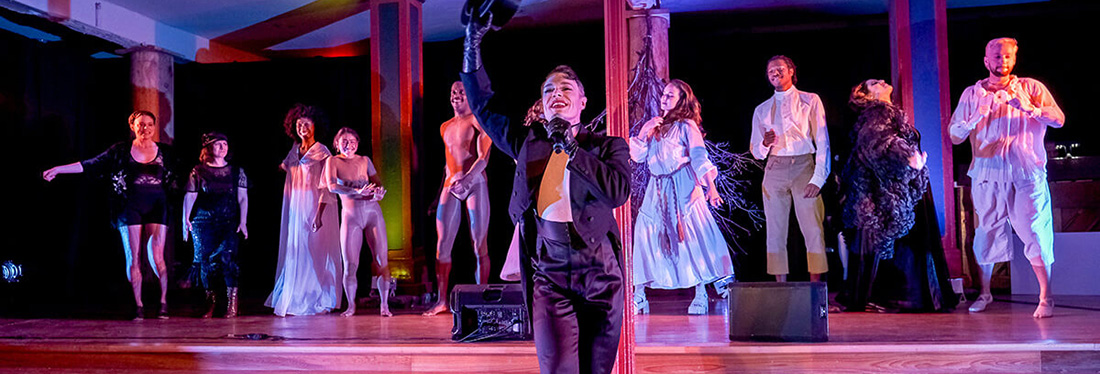
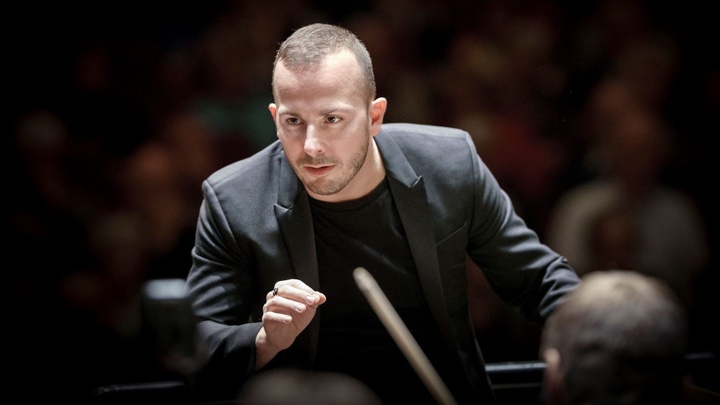
The opening slot fell to the premiere of a new work—in this case, a tone poem by Chinese American composer Xi Wang—which highlighted this orchestra’s growing reputation as a major commissioner of new symphonic repertoire. The middle offering, Haydn’s Second Cello Concerto, featured the local debut of British cellist Sheku Kanneh-Mason.
And while Mahler has been a cornerstone of Nézet-Séguin’s tenure with the Philadelphia Orchestra, these performances represented his first assumption of the Symphony No. 4 in G Major at the company’s home theater, Verizon Hall, since 2013.
Perhaps the quirkiest of the composer’s nine symphonies, the Fourth fits nicely with Nézet-Séguin’s somewhat idiosyncratic style. He brought out stark contrasts in the first movement, with crashing fortes alternating consciously with almost whispered instrumental solos. The various folksy elements of Mahler’s orchestrations, like those kitschy sleigh bells that christen the piece, emerged with a rough, rustic quality, adding a slightly startling undercurrent to what can sometimes seem merely pleasant and pastoral.
In general, Nézet-Séguin favored brisk tempos that ratcheted up the excitement levels in the extended first and third movements. The second-movement Scherzo was somewhat staid, largely due to the tame violin solo performed by concertmaster David Kim. One wanted to hear a bit more gore in the sound. In terms of playing that truly felt like it existed on a knife’s edge, you could look to the pinprick harp solos from Elizabeth Hainen.
The forward momentum stalled somewhat in the contemplative fourth movement, with Pretty Yende serving as the vocal soloist. The South-African soprano is a naturally emotive performer, and her wonderfully animated facial expressions told the story of a child’s naïve conception of Heaven. She even managed to overcome her awkward placement in the middle of the orchestra, on a semi-raised platform between the first violins and the woodwinds. (For some reason, Nézet-Séguin seems to like placing singers in nonoptimal spots on stage.)
Yet without coloratura fireworks to fall back on, Yende’s interpretation was bland, and she suffered pitch and intonation problems through the 10-minute song. The text really demands a Lieder singer to put across its linguistic colorations, but Yende’s reading largely stayed on one note. She was often barely audible in her middle and lower registers.
Kanneh-Mason, too, disappointed in his solo outing, overemploying vibrato and occasionally at odds with Nézet-Séguin in terms of rubato. The orchestral backing truly sounded like accompaniment here, with little point of view, and a style far too blended and warm to bring any real excitement to the music.
In this case, the encore was much more intriguing: Kanneh-Mason offered a pizzicato arrangement of Burt Bacharach’s “I Say a Little Prayer,” convincingly using his cello to mimic the sound of a guitar. Seated on his podium, Nézet-Séguin looked on in wonder.
Xi’s Ens? was the concert’s clearest triumph, an arresting and often transfixing fusion of Eastern and European musical forms. Every detail was perfectly in place, from the gentle hum of the serving bowls that opened the fifteen-minute work to the syncopated chanting from orchestra members that regularly punctuated the piece. In between, the mood alternated between turbulence and elegance. In attendance, the composer received a warm hand following the premiere performance.
The Philadelphia Orchestra brings this piece to Carnegie Hall on December 13, along with the Mahler Fourth. Mozart’s Clarinet Concerto in A Major, with principal clarinetist Ricardo Morales as soloist, replaces the Haydn
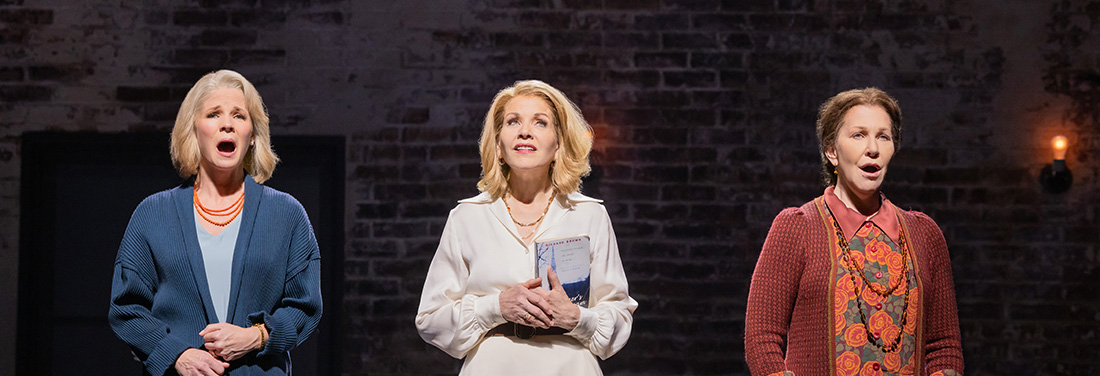
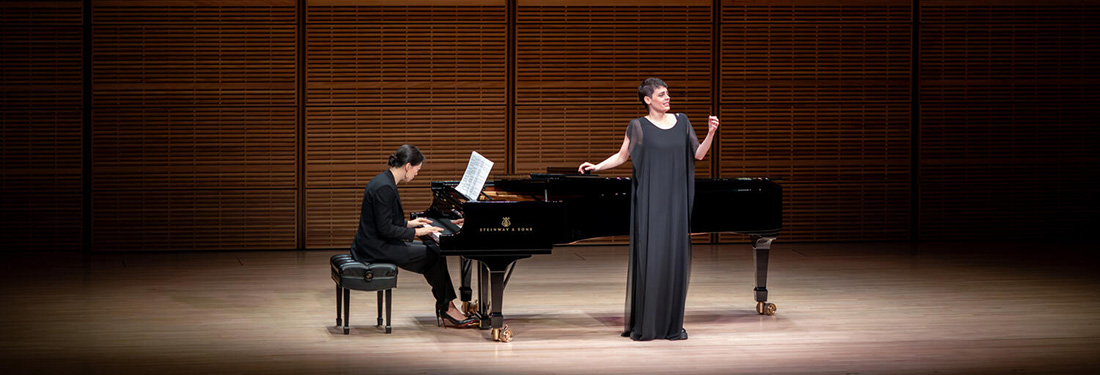
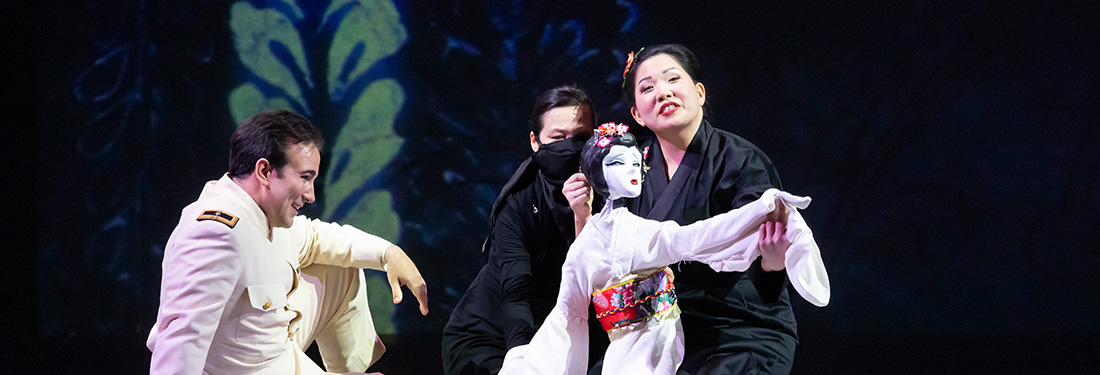

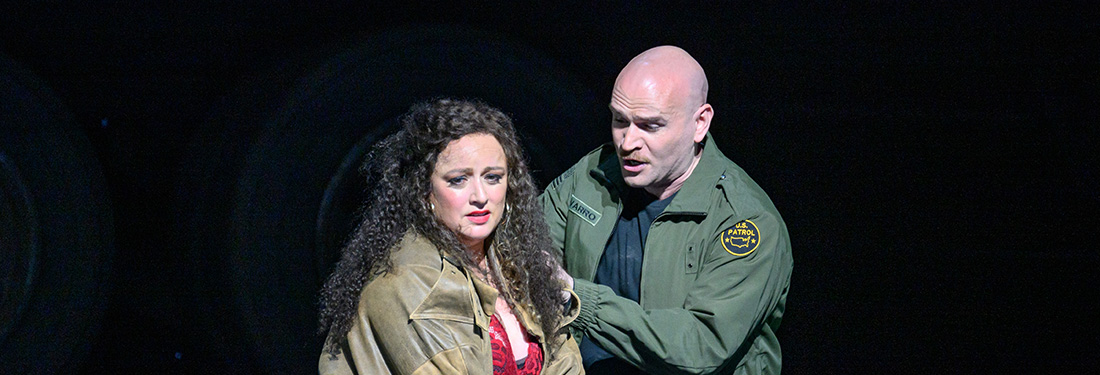
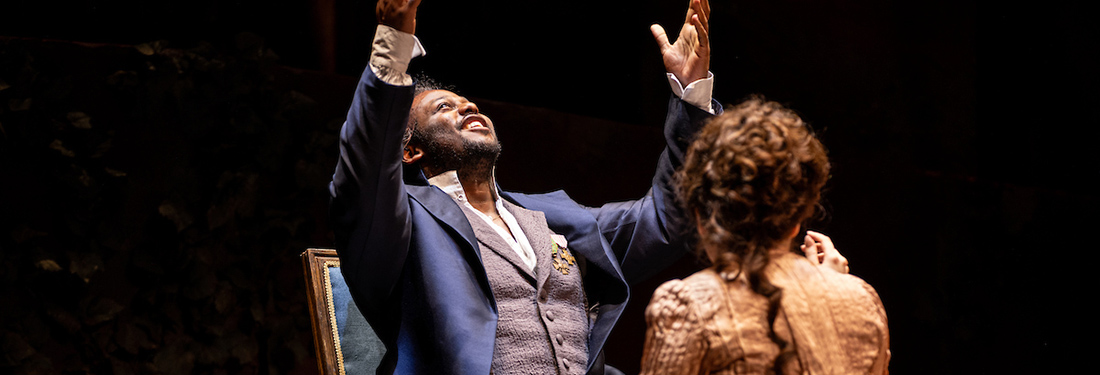
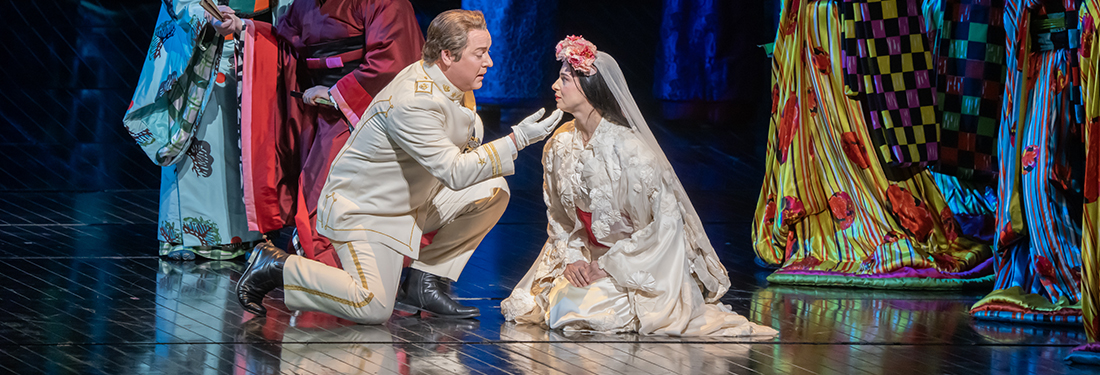
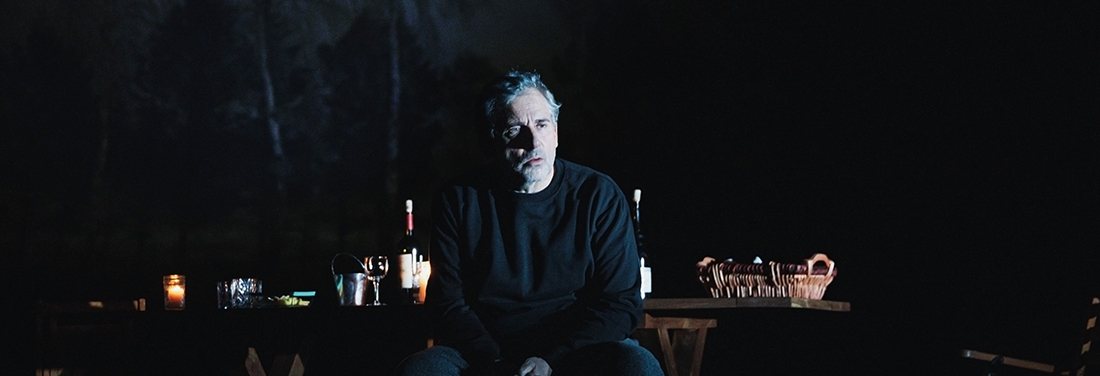
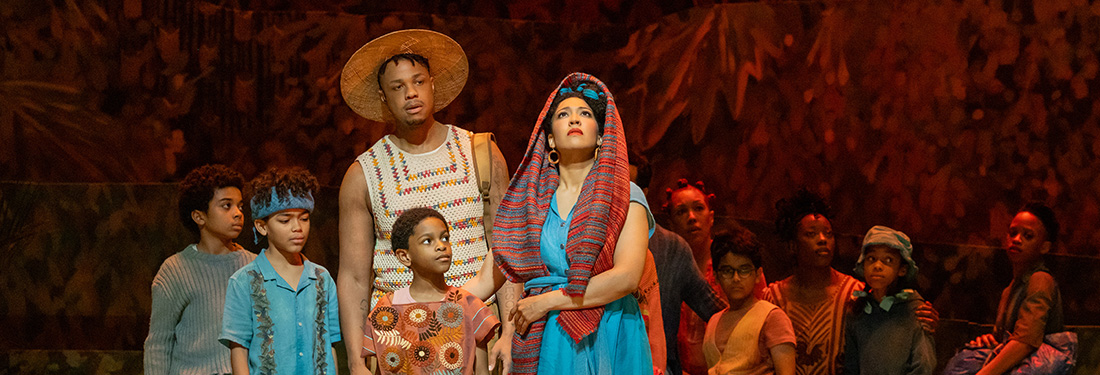





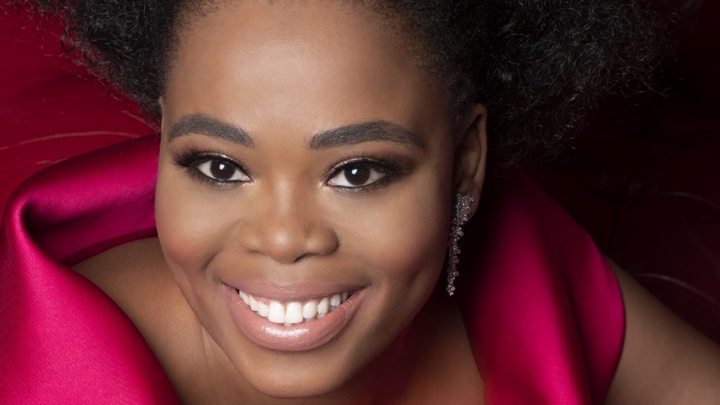
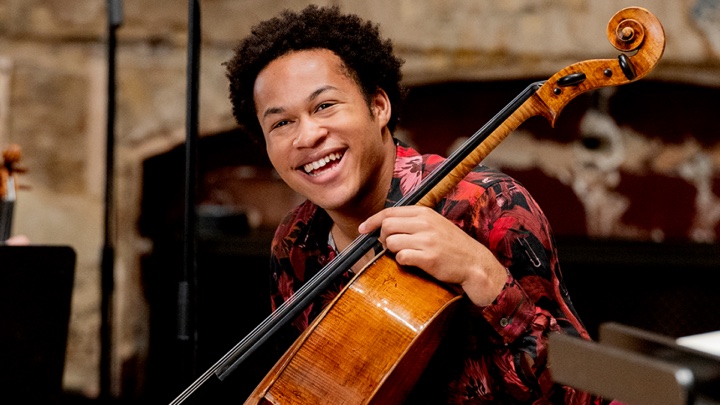


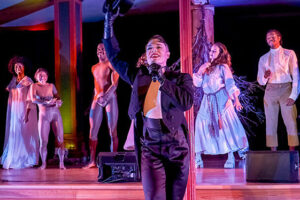
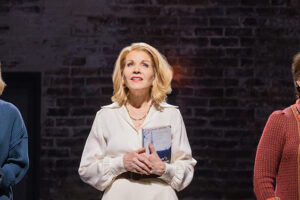





Comments